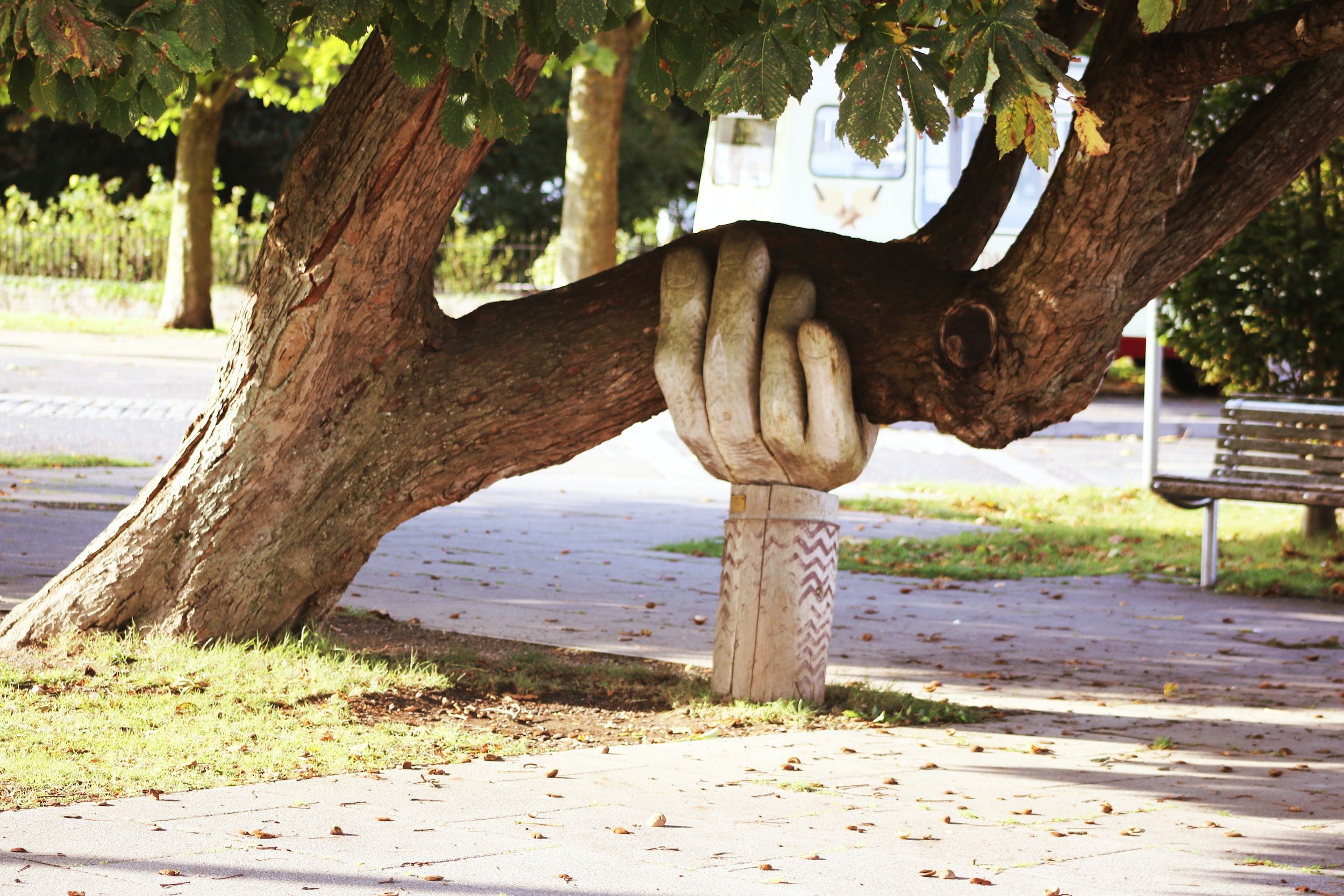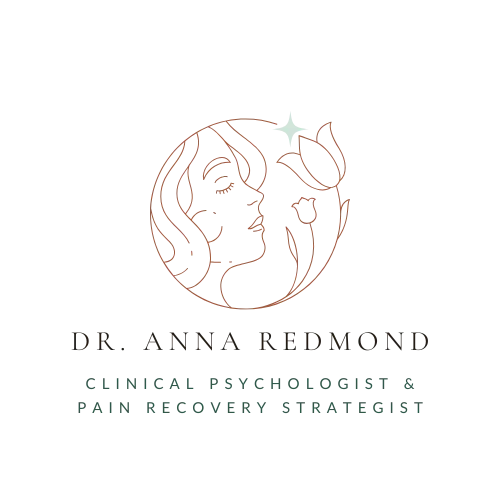Connect with me!
Tell me the number one thing that you want to understand about your pain?

Does Compassion Make Pain Worse?
In the biopsychosocial model of pain, we’ve talked a lot about your own thoughts, beliefs, behaviors, coping, emotion, and other factors that impact pain. What we haven’t talked much about is how the thoughts, beliefs, and behaviors of close others or partners impact the development, maintenance, amd management of pain and distress.
The burden of chronic pain affects households, with 20% of people globally reporting chronic pain. It can impact home life between people in pain and their families, adding stress to relationships with family and other people close to them, as well as roles in the household, chores, and marital satisfaction.
Spouses, for example, provide all kinds of informal caregiving for many illnesses. We see most of this research show up around dementia and cancer. Similar to many other chronic conditions, chronic pain significantly impacts someone’s ability to participate in daily chores and activities, requires requests for assistance, and heightened psychological distress.
No one would argue that the role of community support, close others, family, friends, and partners are an important resource for individuals with chronic pain and have significant potential to influence their health behaviors and experience.
AND, it’s important to think about how close others’ (let’s just say partner for ease of writing here) beliefs about someone’s pain might impact how they interact with that person and are involved in managing their pain. It is important to think of how a partner or close other could unintentionally become a potential source of reinforcing pain behaviors or pain communication or undesired health behaviors mentioned below.
For example, if a partner has come to believe that someone’s pain is disabling and that their partner has very little control (especially after observing unsuccessful attempts to manage pain over time), we might see something we call “solicitous responses”. We might also see solicitous responses when the person in pain is communicating pain-related distress or pain behaviors that interfere with normal activity in front of close others in their lives.
This type of communication can happen in many forms:
Nonverbal (holding a certain body part, groaning, grimacing, etc…)
Avoidance behaviors (backing out of chores or other daily activities, etc…)
Distress (displaying emotional responses, such as sadness, depression, frustration, etc…)
General poor coping or poor health behaviors (immobility, too much rest, poor self care, etc…)
Now, solicitous responses are tricky. When we care about someone, we have compassion, understanding, we want to help, we want to get rid of their pain, we want to do whatever we can. But if we think of partner response occurring on a spectrum ranging from “punishing” on one extreme and “overly solicitous” on the other extreme, you’ll be able to see why it is important to consider how we respond to someone’s pain. I think it’s curious to look above at the different types of communication and consider whether an overly solicitous or punishing response from a partner is more likely to follow.
A partner’s response to a person’s pain behaviors (how they express their pain, outlined above) exist on that continuing from punishing to solicitous.
Solicitous responses are overly protective, with the goal to do everything they can (often out of compassion… so unintentional!) to prevent the person’s pain from getting worse. This can look like getting or encouraging medication, encouraging more rest, taking over jobs, and completing extra duties at home. Many times, solicitous partners have a tendency to (often unintentionally) not support the person in pain from engaging in “well behaviors”, such as exercising, due to fear that the pain might worsen.
On the other side of the spectrum, punitive/punishing or negative responses to someone’s pain behaviors can look like expressions of exasperation, annoyance, frustration at the pain: “I am so tired of hearing about your back where there’s so much to do around here”.
The way that close others respond to someone’s pain can have effects on a person in pain. Overly solicitous responses from a partner, according to research evidence, shows that those people in pain become more and more disabled by their pain over time. This makes sense because their partner is unintentionally reinforcing pain behaviors, rest, and avoidance. So, these people in pain are less active, less functional, take more medication, and are less likely to work. BUT, these pain folks report high relationship satisfaction and good social support for their condition. This makes sense because compassion from our partner, at least conventional compassion, is something positive most of the time.
When we see the punishing response from partners, relationship satisfaction is much lower. These people in pain may be more physically functional or they might express their pain much louder and more intensely in order to be heard and in an attempt to gain compassion from their spouse.
What are we saying here? I’m saying that there’s a fine line between providing TOO much emotional and practical support (promoting disability) and not providing enough emotional support (person in pain doesn’t feel supported).
Partners and close others play a powerful role in supporting someone with pain and in how successfully that person manages their condition.
What helps people learn how to walk this fine line of supporting well behaviors, selectively NOT responding to pain behaviors, and intentionally giving practical support? Education. When close others receive education alongside the person in pain, they gain the same pain science and research-backed ways of responding to chronic pain. They can support their loved one through management and well-behaviors, without reinforcing the behaviors and avoidance that will keep them disabled.
If you are a close partner, friend, or family member to someone in pain and want to see what kind of education I’m putting out there, you might love my newsletter! Make sure you sign up and share with someone who could benefit!
Education provides the power to take the next step in managing your pain. You want to do the things you enjoy (or even basic daily activities) without flaring up your pain. For a limited time, you can grab my free video tutorial to get you started:
3 Simple Steps to a Balanced Day... Without the Flare-Ups.
This free video tutorial is dedicated to helping women with pain begin to find confidence to return to the moments, activities, and people they love the most.
Source:
Fillingim, R. B., Doleys, D. M., Edwards, R. R., & Lowery, D. (2003). Spousal responses are differentially associated with clinical variables in women and men with chronic pain. The Clinical Journal of Pain, 19(4), 217–224.
McCracken, Lance M.*; Eccleston, Christopher. A prospective study of acceptance of pain and patient functioning with chronic pain. Pain 118(1):p 164-169, November 2005.
Murphy, J.L., McKellar, J.D., Raffa, S.D., Clark, M.E., Kerns, R.D., & Karlin, B.E. Cognitive behavioral therapy for chronic pain among veterans: Therapist manual. Washington, DC: U.S. Department of Veterans Affairs.
© 2024 | Anna Redmond, LLC | drannaredmond.com
